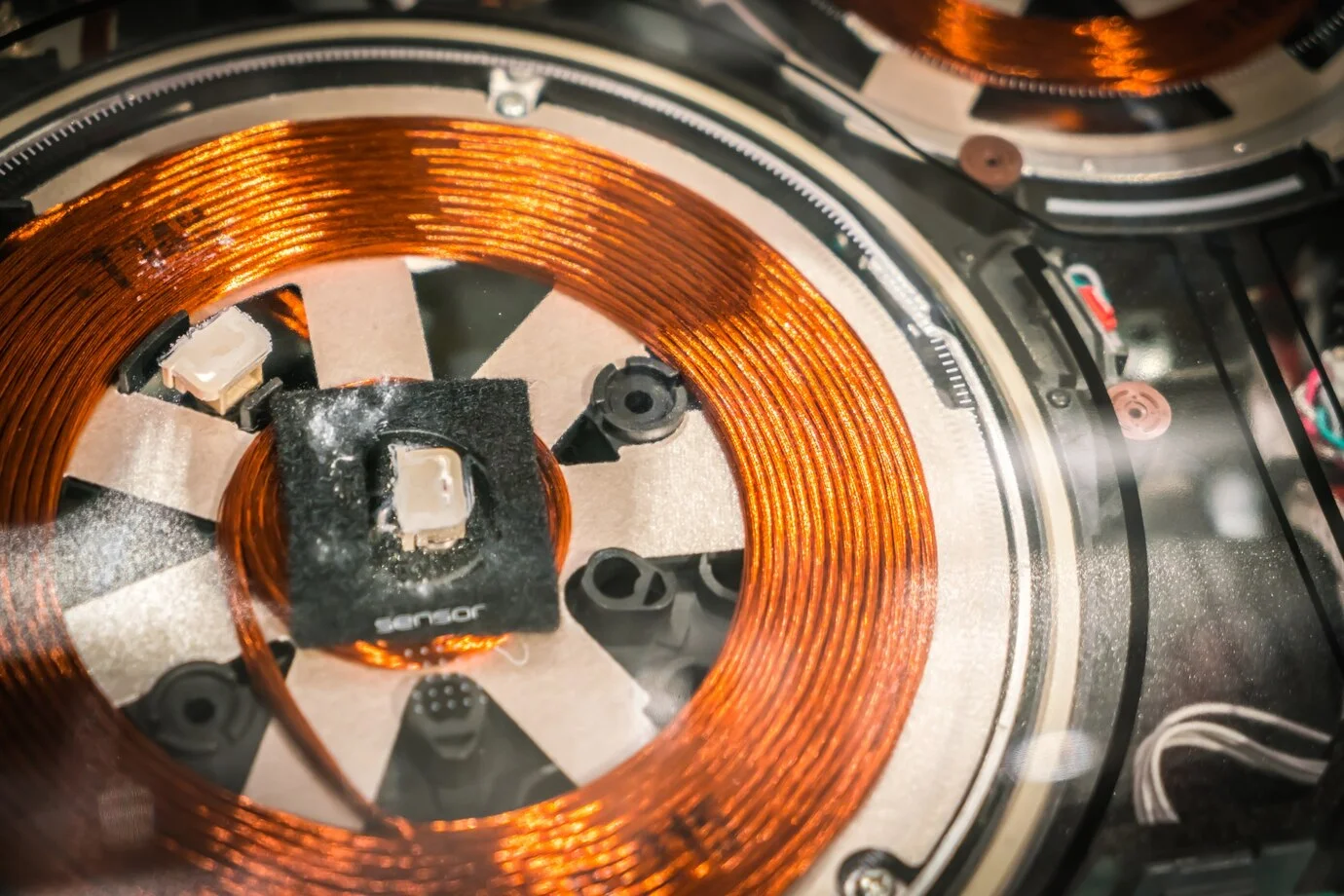The Evolution of Winding Technology: From Manual Craft to Automated Precision
Winding techniques have long been the backbone of various industries, playing a crucial role in everything from electric motors to transformers. As technology evolves, so do these practices, leading to innovations that enhance efficiency and precision. Whether you’re an engineer designing intricate machinery or simply curious about how things work behind the scenes, understanding winding technology opens up a world of possibilities.
In today’s fast-paced environment, businesses are constantly seeking ways to improve their production processes. This quest for excellence has driven advancements in motor winding and precision winding machines. These developments not only increase output but also reduce waste and errors in manufacturing.
The Importance of Winding in Various Industries
Winding is a critical process across numerous industries, serving as the backbone of many electrical devices. From electric motors to transformers, the quality of winding directly affects performance and efficiency. In the automotive sector, for instance, precision winding machines create coils that power electric vehicles.
These coils play an essential role in energy conversion and management. The aerospace industry relies heavily on robust winding techniques for components found in avionics systems. Here, reliability and precision are paramount due to stringent safety standards. Even renewable energy sectors depend on effective winding processes in wind turbines.
Well-wound generators contribute significantly to overall energy output. Manufacturers understand that investing in advanced winding technology leads to better product longevity and enhanced operational capabilities. As a result, businesses prioritize this aspect not just for functionality but also for competitiveness in their respective markets.
Industry-Specific Machine Applications for Winding
Different industries leverage winding techniques to enhance productivity and efficiency. In the automotive sector, motor winding plays a crucial role in electric vehicle production. Precision is paramount here; a slight deviation can lead to performance issues. The aerospace industry relies on specialized winding machines for creating coils used in generators and actuators.
Here, the focus is on lightweight materials without compromising strength or reliability. In electronics manufacturing, small precision winding machines are essential for producing miniaturized components like transformers and inductors. These applications require intricate designs that only advanced technology can deliver.
The renewable energy sector also benefits from innovative winding technologies. For example, wind turbine generators utilize large-scale coiling processes to maximize output while minimizing weight. Each application demands unique approaches tailored specifically to meet rigorous industry standards.
Evolution of Winding Technology: From Manual to Automated Processes
The evolution of winding technology has been remarkable. Initially, the process was manual, requiring skilled artisans to meticulously wrap wire around cores. Precision was paramount, but it came at a cost—time and labor were significant factors. As industries grew, so did the demand for efficiency. The introduction of precision winding machines marked a turning point.
These machines automated basic tasks while enhancing accuracy and speed. With advancements in robotics and computer technology, fully automated systems emerged. They not only reduced human error but also allowed for complex designs that were once unimaginable.
Today’s winding technology integrates smart systems capable of real-time monitoring and adjustments. This ensures optimal performance across various applications—from electric motors to transformers—paving the way for innovations in energy efficiency and production scalability.
Advantages of Modern Winding Technology
Modern winding technology offers significant advantages that elevate efficiency and precision. One of the standout benefits is increased accuracy in motor winding. Precision winding machines can create tighter coils with minimal variation, ensuring optimal performance.
- Automation plays a crucial role as well. Automated processes reduce human error and enhance production speed, allowing manufacturers to meet high demand without sacrificing quality. This advancement leads to cost savings over time.
- Moreover, modern systems are designed for flexibility. Manufacturers can easily adapt their setups for different products or specifications, fostering innovation across various applications.
- Additionally, sophisticated monitoring tools provide real-time data on machine performance and product quality. This insight allows for proactive adjustments during production, minimizing waste and maximizing output efficiency.
- The integration of advanced materials into winding technology also contributes to durability and longevity in end products, making them more reliable for consumers.
Challenges and Limitations of Winding Technology
Winding technology brings innovation, but it’s not without its hurdles. One major challenge is precision. Even slight deviations can lead to significant performance issues in motors and other winding applications. Cost is another concern. Advanced precision winding machines require substantial investment, which may deter small businesses from upgrading their equipment.
Moreover, the complexity of certain designs complicates production. Custom projects often demand specialized machinery or techniques that aren’t always readily available. Additionally, material limitations play a role. As industries evolve and seek lighter or more efficient components, finding suitable materials compatible with existing winding technologies can be tricky.
Maintaining consistency across batches remains an issue for manufacturers striving for quality assurance while scaling up production levels. These obstacles highlight the need for ongoing research and development in this field.
Future Possibilities and Innovations in Winding Techniques
The future of winding techniques is poised for revolutionary advancements. Innovations in materials and designs will create lighter, more efficient motors that enhance performance across various applications. Smart technologies are emerging as game-changers in the winding sector. Incorporating IoT capabilities into precision winding machines allows real-time monitoring.
This can lead to predictive maintenance and reduced downtime. Artificial intelligence is also making its mark. By analyzing vast data sets, AI can optimize winding parameters on-the-fly, improving product quality while minimizing waste. Moreover, sustainable practices are gaining traction.
Biodegradable insulation materials may soon replace traditional options, paving the way for eco-friendly motor manufacturing. As we look ahead, collaborative robots (cobots) will likely assist human operators in complex tasks, enhancing productivity without sacrificing precision. The evolution of these technologies suggests a vibrant future where efficiency meets sustainability in winding processes.
Conclusion
Winding techniques play a crucial role across various industries, from automotive to aerospace. As the demand for precision increases, so does the need for advanced winding technology. The evolution of this field has been remarkable, transitioning from manual labor to sophisticated automated processes. Modern machines enhance efficiency and accuracy in motor winding operations. They reduce human error and minimize production time while maintaining high-quality standards. However, challenges remain such as initial setup costs and the need for skilled operators familiar with these new technologies.







